ScienCell’s wide assortment of cell culture media is in liquid form and includes Specialty, Classical & Supplement varieties. Each product is designed for optimal nutrition and growth of primary cells. ScienCell’s cell culture media is manufactured and tested to ensure a high standard of quality and
细胞培养基
-
发布: 二月 11, 2019完整阅读 »
-
发布: 可能 30, 2018完整阅读 »
When working with primary cells, it is important to remember that they are not cell lines and should be treated with care. At ScienCell, we specialize in primary cell culture and we are very familiar with the common problems researchers encounter when culturing them. We have compiled a list with 13
-
发布: 游行 13, 2018完整阅读 »Mesenchymal Stem Cell Medium-animal component free (Cat. #7521)
For decades, Fetal Bovine Serum (FBS) has been a vital supplement for the successful culture of a diverse range of cell types. FBS is an undefined, complex source of growth factors, hormones, lipids, attachment factors, and trace elements.
-
发布: 十一月 29, 2017完整阅读 »
Primary cells, which are isolated directly from tissue, show normal cell morphology and maintain many of the important markers and functions seen in vivo. Primary cells, though, have a finite lifespan and limited expansion capacity, so it is critical to use low passage primary cells for your research.
-
完整阅读 »
Neuronal cell lines are commonly used for in vitro neurobiology studies because they are more easily transfected compared to primary neurons and they proliferate, whereas primary neurons do not. Neuronal cell lines can be induced to differentiate into neuron-like cells, where they express neuronal markers
-
发布: 游行 26, 2017
-
发布: 八月 17, 2016完整阅读 »
After watching displays of astounding athletic prowess in the 2016 Olympics, I was inspired to take a closer look at the science behind exercise training, recovery, and injury with a focus on the importance of blood vessels during exercise.
Let’s start with some basic training: Why are blood vessels
-
发布: 游行 10, 2016完整阅读 »
Choosing which media to use with your primary cells can be daunting. Whether you are replicating a formula from a publication, optimizing your own supplemented classical or nutrient media, or purchasing commercially available specialty media, it is important to understand how this choice will affect
-
发布: 七月 15, 2015完整阅读 »
For decades, researchers have been culturing cells to study normal and diseased biological processes. Many of these studies use immortalized cell lines which proliferate indefinitely in culture. Immortalized cells thrive in classical media formulated with the minimum requirements for cell growth, including

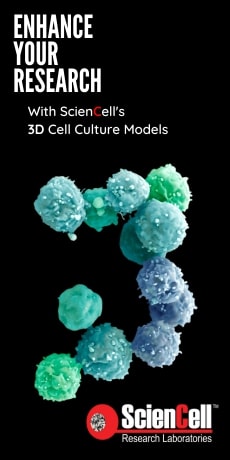



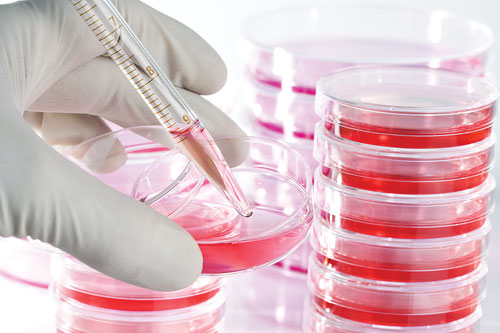
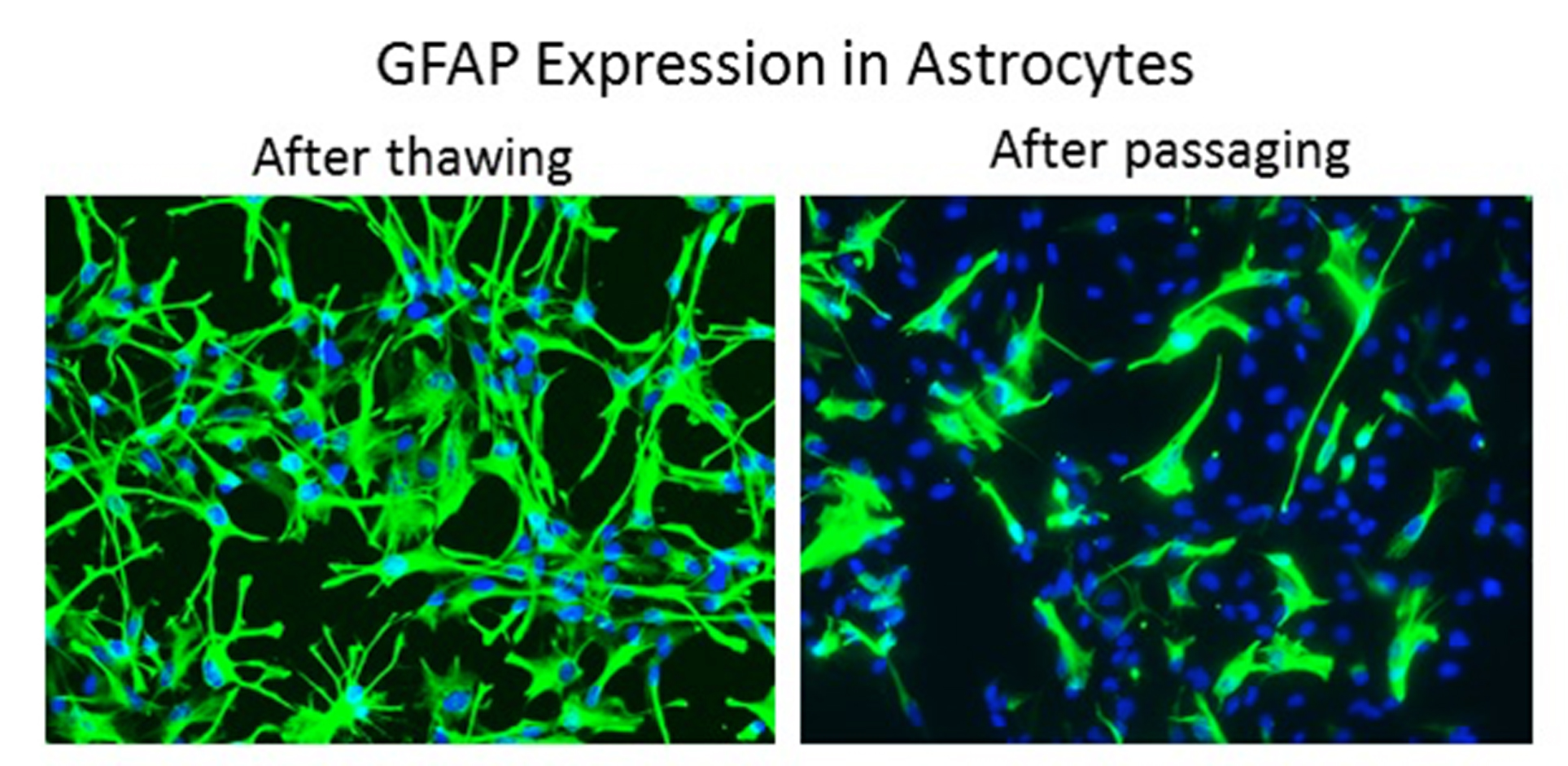





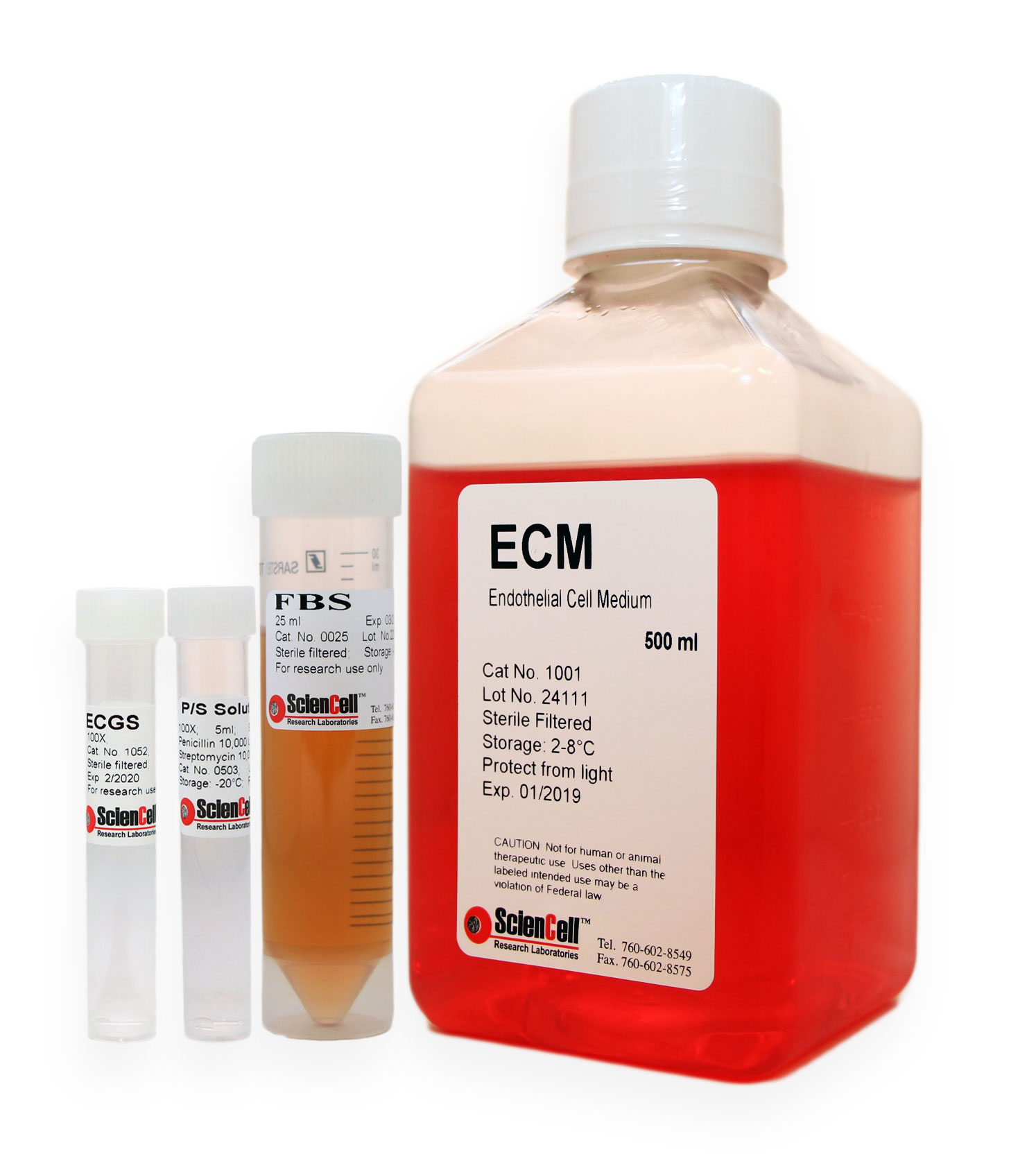

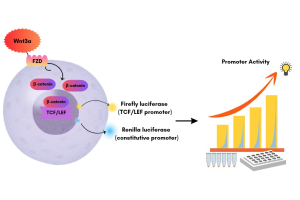
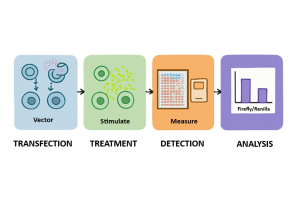
.jpg)
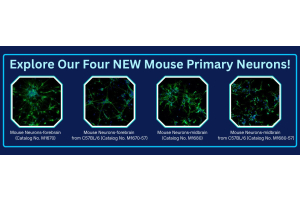
.jpg)